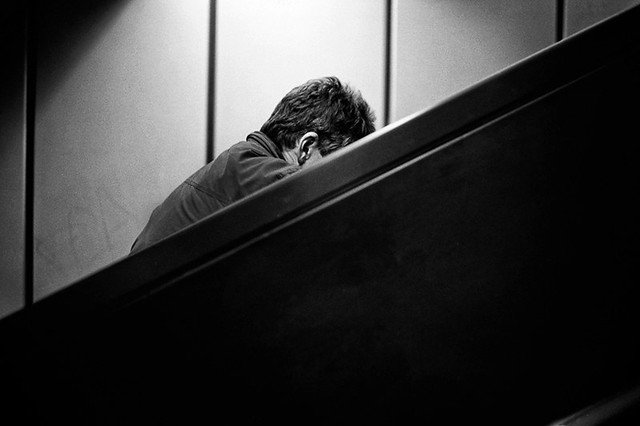jaimiepeeters
Well-known
1/500 is definitely fast enough, it must be camera or user error.
these were taken at 1/250:




and these at 1/500:


and 1/125:

The feet of your second and third image are motion blurred
1/500 is definitely fast enough, it must be camera or user error.
these were taken at 1/250:




and these at 1/500:


and 1/125:

well.. I was asking for which RF would work for ME.. I'm sure you guys can come up with some good options that have shutters faster than 500?
The problem is, that the shooter is moving. If the camera is moving, due to a very interesting "magnifying" effect, the "relative" speed between the scene and the camera becomes very high. Just think about the shake of the camera that causes the blurs, the principle is similar, but in this case it's more seriously affected. If the camera not only moves, but also rotates, this problem will be a nightmare.
I'm always experiencing this problem when I'm shooting in the street. If the camera is still, 1/125 is far more enough. If the shooter is moving, 500 even 1000 is what I find, a must, sometimes even 1000 is just bare enough if we are both moving.
nobody seems to believe us, but trial and error proves us right..
not that THAT matters.. but I would rather talk about a solution.
It's not that we don't believe you, just that you seem to have higher, sports photography-style, standards for avoiding any blur. Most street shooters prefer, or are willing to accept, some blur (after all, Saints Cartier-Bresson & Winogrand didn't have a problem w/it 😉). There's a reason why sports photographers use modern equipment, not RFs or TLRs like they did back in the '40s & '50s.
As far as solutions, they're pretty limited: a used Hexar RF, which tops out @ 1/4000th, or 1 of the newer Bessas & the Zeiss Ikon, which top out @ 1/2000th. There's no film RF that goes up to 1/8000th like a Nikon D4 or Canon 1Ds (or their film predecessors).
Show me a picture of a man walking, close up, and nothing is motion blurred on 1/500
When you shoot somebody from a distance you wont see the tiny movements, but close up, you need higher than 500. I tested it with the X100.. I got it sharp between 640 and 1000.
The Hexar RF plus lens puts me back about 1500, doest it not? anyting perhaps in the 1000 € range?




I don't own a Leica, but looked it up on cameraquest.com. It says there the M3 goes to 1/1000. That should do it for you.Leica M2/M3? Not sure about this really, just asking.
I don't own a Leica, but looked it up on cameraquest.com. It says there the M3 goes to 1/1000. That should do it for you.
The Canon P goes to 1/1000 too.
it is sub-tropic noon, 21°C, sunny with scattered clouds, sharp tree shadow on ground,
my QL17 gave a f5.6~8 reading at 1/500 sec for iso 160.
what is the daylight in Rome?
The light output of the sun is constant everywhere on the earth. Now sometimes there is a bit of haze but you mentioned "sharp tree shadow on ground" which indicates clear sky. Is your reading a reflected reading from something dark? That might indicate why you would get a stop over actual. Some meters drift as well. Of course, in actual practice a stop more exposure using negative film means nothing. How one meters can strongly influence the reading one gets. But if you take an accurate reading with a good incident meter, you would get a stop less. That is why some old timers who do not use a meter always get perfect exposure while those who simply follow meter readings are mislead.
Show me a picture of a man walking, close up, and nothing is motion blurred on 1/500........
so 1000 is the key... now the camera.

